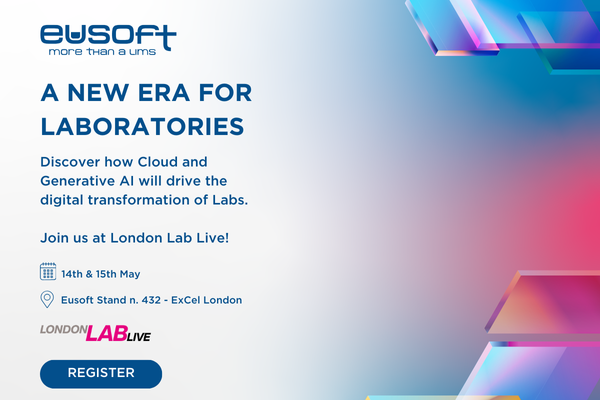In the commercial sector, the impact and contribution of Laboratory Information Management Systems is pronounced, yet in the academic laboratories it still seems to be under-exploited.
Since 1982, when the first generation LIMS were introduced in the form of single centralized minicomputers, a lot of progress has been made and today many large and small organizations all over the world use a LIMS for the management of their laboratory processes. Although LIMS have had a rocky history, with plenty of stories of failed implementation, today LIMS are generally appreciated as a valuable and even necessary tool in commercial laboratories. In the academic sector, however, things have turned out differently and, with a few exceptions, LIMS are still rarely used in academic scientific research laboratories, nor is LIMS commonly taught as a classroom subject. In other words, LIMS have developed and flourished outside academia and most academic scientists simply know nothing of LIMS. In earlier times and up to the recent past, this of course was not a serious problem, because the small amounts of data produced by the laboratories could easily be managed by conventional means, such as a PC, for example. Now, with the development of new technologies, data are being generated at a rate that is 3 or 4 orders of magnitude greater than even a few years ago. In this new environment, LIMS and other data management systems will be essential.
The most obvious benefit of LIMS to academic laboratories is access to information but, despite the importance of information, academic labs continue to have dismal data storage processes: most of them tend to leave documentation up to the individual lab members and although there might be official lab processes for this, there is little, if any, monitoring of compliance. When someone leaves a lab, most of their samples will likely have to be chucked out because labels are illegible or ambiguous, sample identities are not cross-referenced to databases or notes, and paper notebooks may or may not be complete or legible. This is wasteful because successors to the project might have to duplicate samples/reagents. LIMS can therefore be of great benefit to academic laboratories because they are designed to prevent documentation chaos, to help reduce duplication of effort and to boost lab productivity and confidence in the lab products. However, perhaps, a more profound, farther-reaching benefit is the cultivation of a new breed of scientists who regard LIMS as indispensable tools for science, including basic scientific research.




